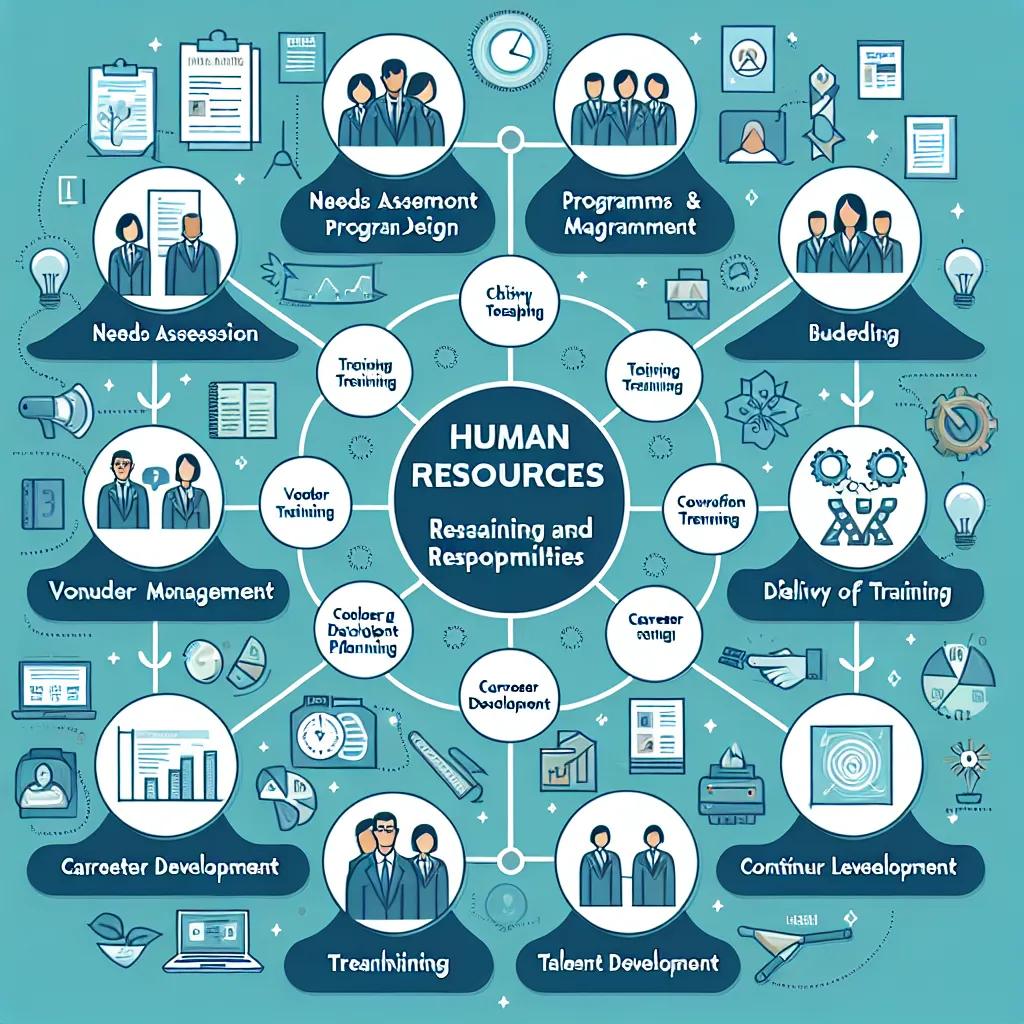Ask AI on The Internet
Question: Summarise this ;Identify the programme's strengths and weaknesses. • Assess whether the content, organisation, and administration of the programme contribute to learning and the use of the training on the job. • Examine all learning materials after they have been revised in the light of formative evaluation results - do they appear to do what they are supposed to do? • Observe the trainer/facilitators delivering the material - do students respond as expected? Does the trainer or facilitator adequately present the material? • Administer a post-programme test to measure student achievement of outcomes. • Administer an attitude survey to find out how well participants liked the course and to what extent they felt that it met their needs. • Compare the subsequent job performance of (1) those who received training, and (2) those who did not receive training (or benefited from a different kind of performance improvement strategy). • Compare the cost and benefits of different training programmes to choose the best programme.
To evaluate a training programme, follow these steps: 1. **Identify Strengths and Weaknesses:** - Examine the overall programme to determine its strong points and areas needing improvement. 2. **Assess Content, Organisation, and Administration:** - Determine if these aspects effectively contribute to learning and the practical application of training on the job. 3. **Review Revised Learning Materials:** - Check if revised materials align with formative evaluation outcomes and fulfill their intended purpose. 4. **Observe Trainers/Facilitators:** - Monitor the delivery of the material and student reactions. Ensure trainers effectively present the material. 5. **Post-Programme Testing:** - Conduct a test after the programme to measure students’ achievement of the learning objectives. 6. **Attitude Survey:** - Gauge participant satisfaction and whether the course met their needs through an attitude survey. 7. **Compare Job Performance:** - Assess and compare job performance between employees who received training and those who did not or received alternative training. 8. **Cost-Benefit Analysis:** - Evaluate and compare the costs and benefits of various training programmes to identify the most effective option.
Think your answer is better than the AI's? Post it below.
Question Tags
If you want your question answered by an AI, click here.







Post your own comment: